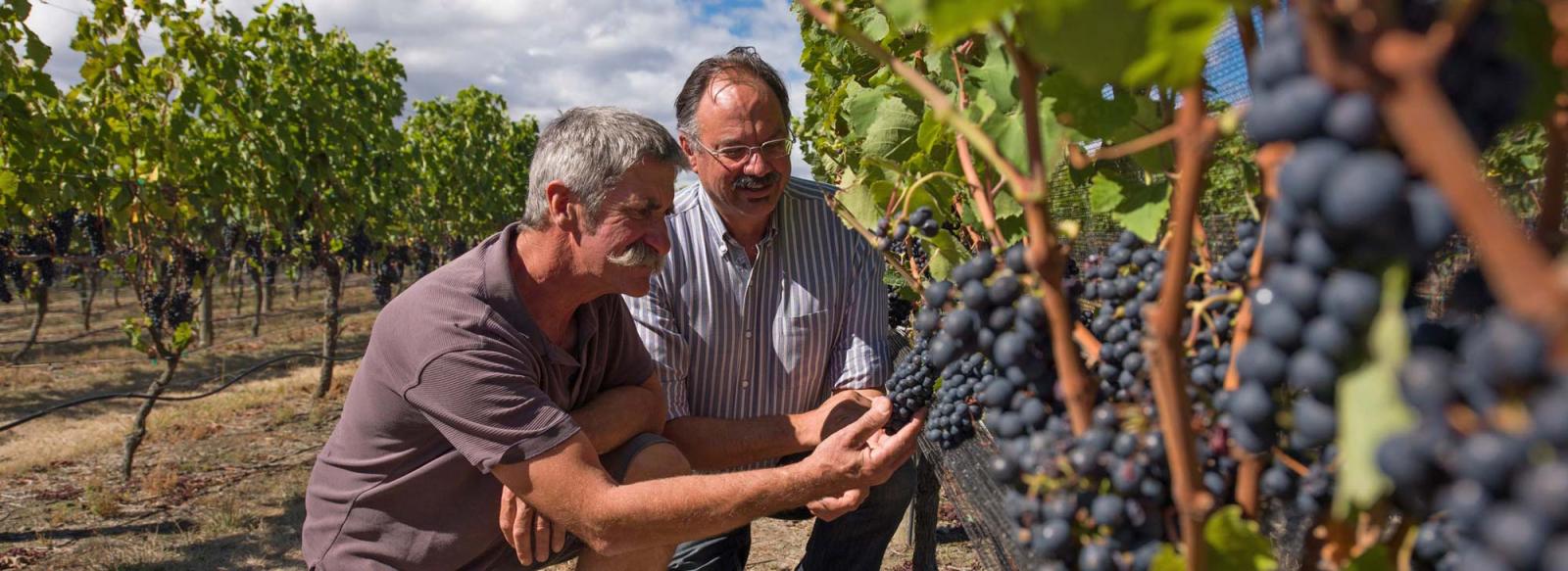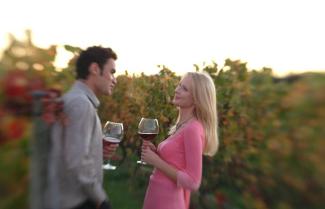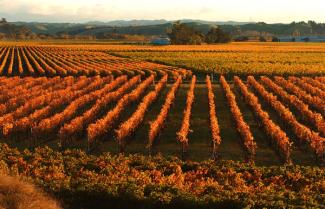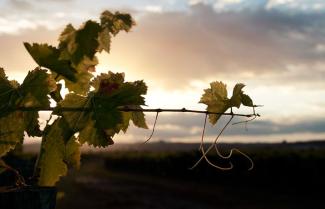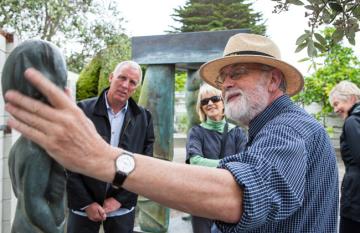
Hawke's Bay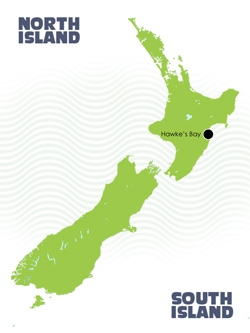
The Hawke's Bay region encompasses the area around Hawke's Bay on the East Coast of the North Island.
Napier is the principal centre, and has a fine coastal position on the sweeping bay. The town is most famous for its architecture, rebuilt after an earthquake in 1931 in Art Deco style, characterised by the use of symbols of the machine, power, speed, flight, freedom, liberation and newness - in short, by symbols which represent the optimism and confidence of the 1920's and 1930's.
Some of the region's top wineries are only a short distance from the city and can easily be explored by car, on foot or with a tour. South of Napier is Cape Kidnappers, which is home to around 17,000 yellow headed gannets. Here the scenery is very impressive and at low tide you can take a long walk along the beach to the colony.
Also within the Hawke's Bay region are the interesting towns of Hastings and Havelock North, the former a centre for agriculture and Spanish Mission-style architecture, and the latter known for its gardens, backed against the impressive Te Mata Peak.
The Hawke's Bay vineyards are all within a short distance of Napier and Hastings, the other city in the region. More than 30 vineyards are open to the public for wine tasting. Many also operate cafes and restaurants in both indoor and outdoor settings. The region is especially known for its fine Chardonnay and Cabernet Sauvignon varieties.
You can also find plenty of adventure in Hawke’s Bay - rafting on the Mohaka River, horse trekking, hunting and trout fishing.

